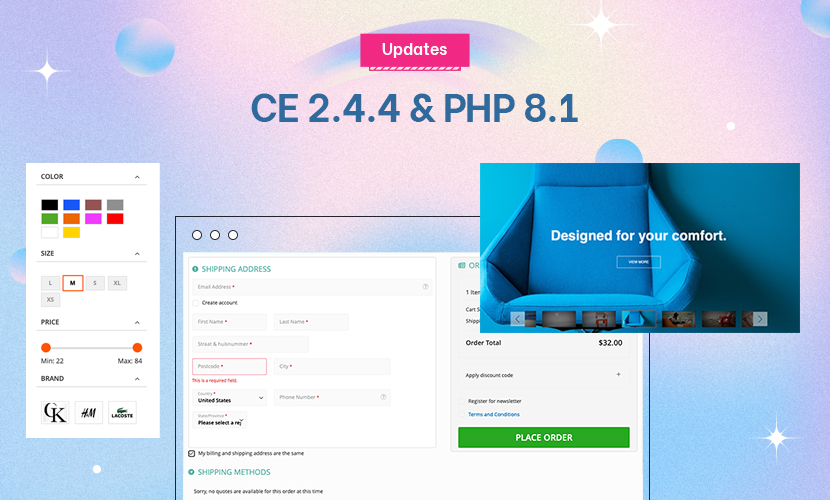As display technology evolves, the flexible screen has become a key driver in the next generation of smart devices. Especially in smartphones, the flexible display breaks the limits of traditional flat panels with its ability to bend, fold, and roll, enabling new device formats such as foldable and rollable phones.
One of the most successful applications is the foldable smartphone. Devices like the Samsung Galaxy Fold and Huawei Mate X use flexible OLED screens to shift seamlessly between phone and tablet modes. Folded, they offer portability and one-handed operation; unfolded, they provide a wide viewing area ideal for multitasking, gaming, or streaming. This fusion of flexibility and functionality has made foldable phones a standout in the premium market.
On another front, brands like OPPO and LG have introduced rollable phones. These devices feature a flexible OLED display that expands like a scroll, increasing screen size without hinges or folds. Such designs enhance interaction and aesthetics while allowing for compact form factors.
The rise of flexible OLED displays also fuels a transformation in smartphone engineering. From hinge designs to protective materials, manufacturers strive to balance flexibility with durability. Meanwhile, operating systems now support adaptive layouts and multitasking to make the most of the flexible screen display.
As flexible display OLED technology matures and production becomes more cost-effective, foldable and rollable phones are moving from niche innovation to mainstream adoption. The flexible OLED screen is not only redefining smartphone design but also unlocking new possibilities for mobile user experiences.

